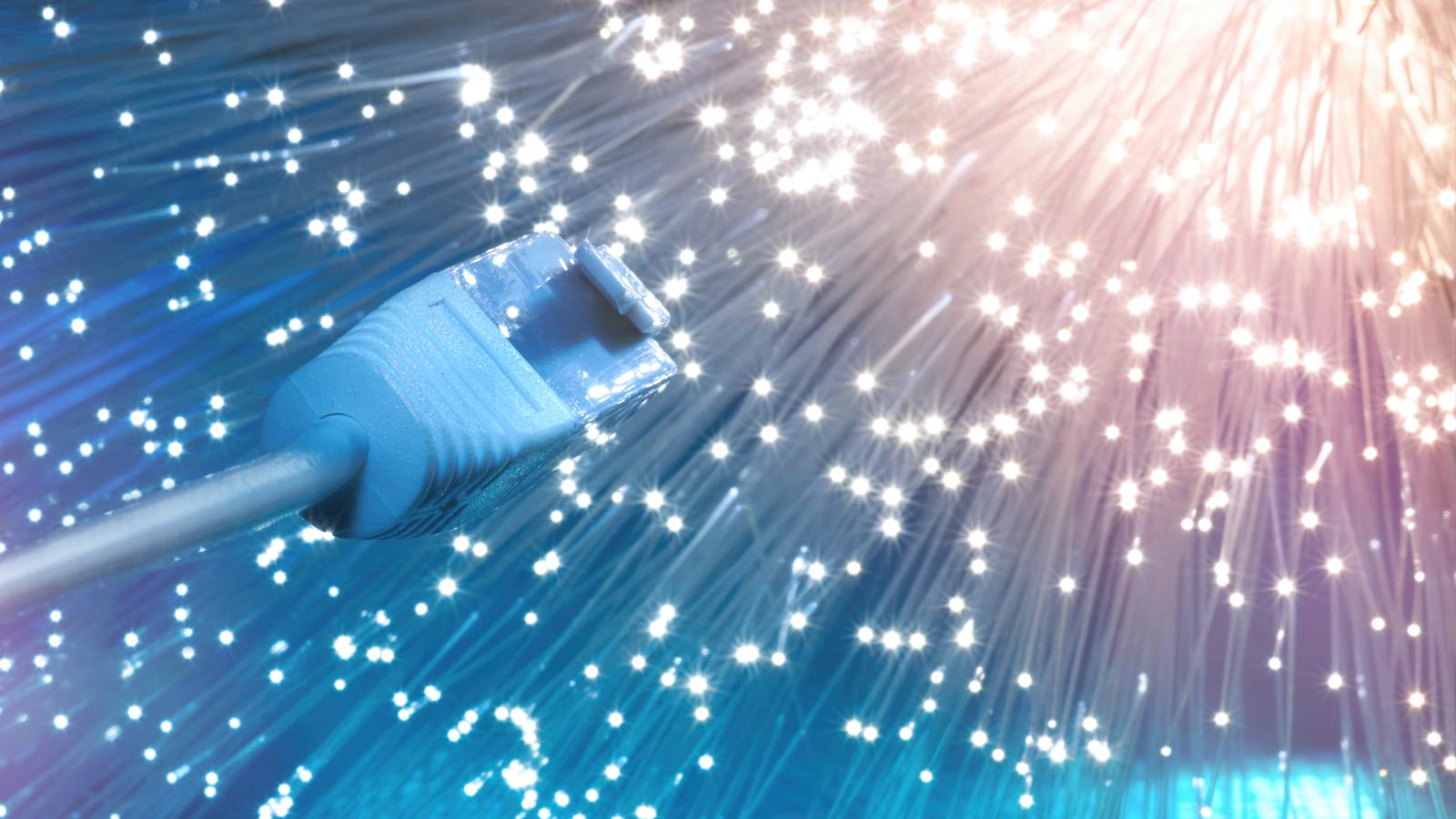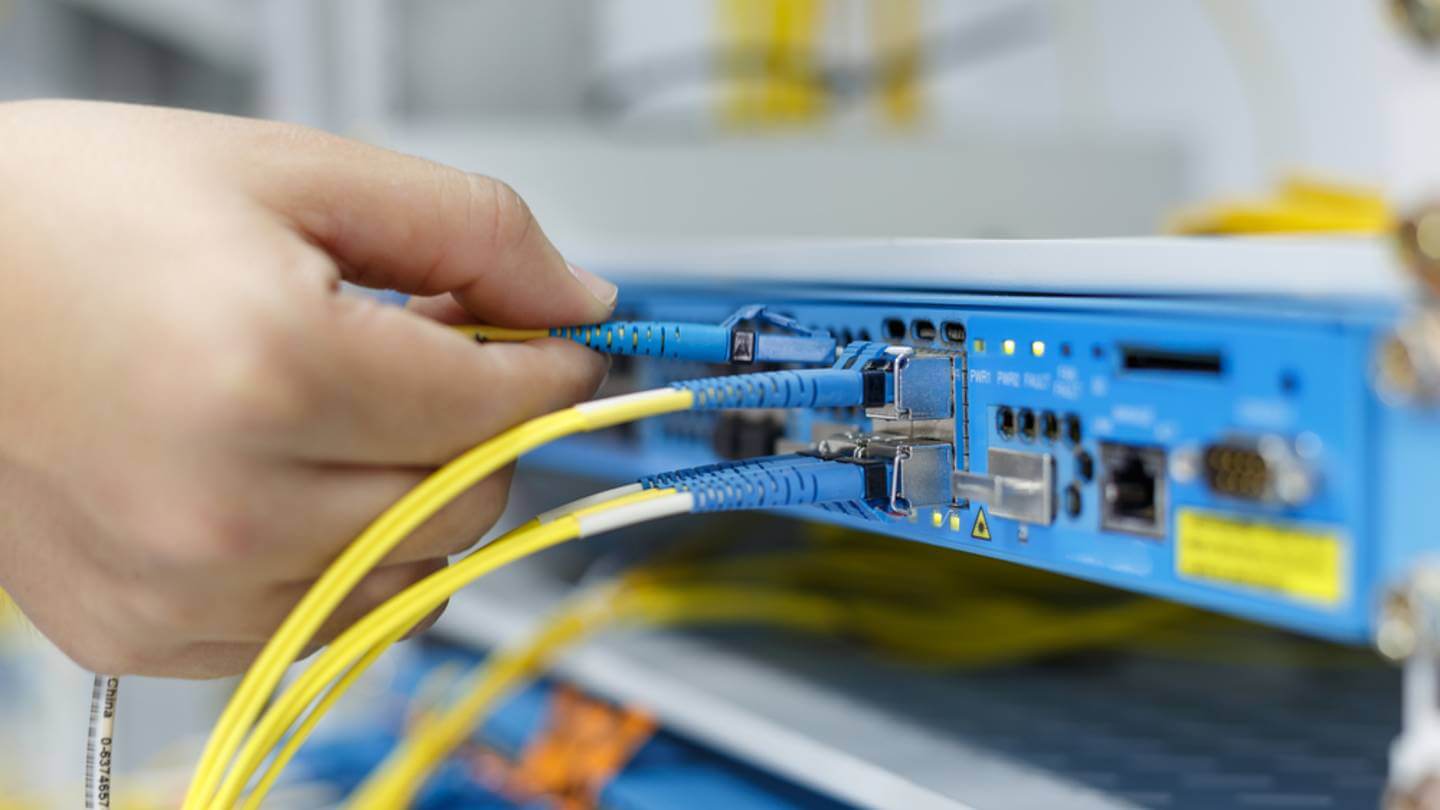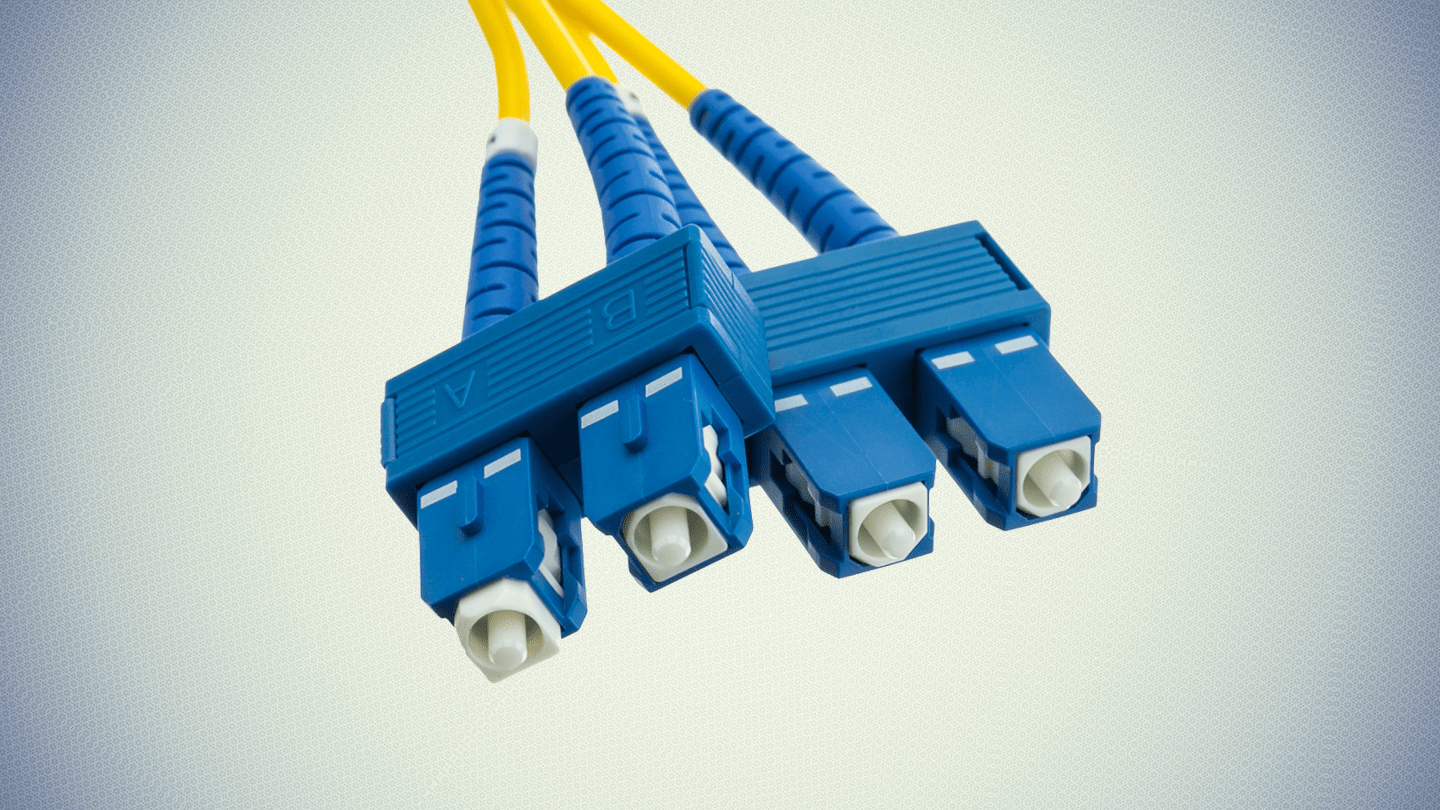Fiber Cable Quality Standards: Ensuring Reliable Telco and ISP Connectivity 2023

Fiber Cable Quality Standards: Ensuring Reliable Telco and ISP Connectivity 2023
In today’s digital age, telecommunications and internet service providers (ISPs) play a critical role in ensuring seamless connectivity for businesses and individuals.
Fiber optic cables have become the backbone of these networks due to their exceptional speed, bandwidth, and reliability. However, the success of these networks hinges on the quality of the fiber cables used.

The department of telecommunications (DoT) is soon anticipated to come up with new quality standards for telcos and internet service providers (ISPs) regarding the use of OFCs in an effort to address challenges with regard to weak internet connectivity caused by the deployment of poor quality optical fibre cable (OFC).
According to some with knowledge of the situation, after the new standards have been announced, telcos and ISPs may be required to reduce their usage of older versions of OFCs and move to newer generations of cables that offer greater network performance and survive for decades.
As part of the upcoming mandatory testing and certification of telecommunication equipment (MTCTE) regime, discussions are also being held to introduce a certification-type system whereby telcos and ISPs will need to pass additional testing standards before installing optical fibre cables. A new set of regulations and standards is being developed by the Telecommunication Engineering Centre (TEC), which is part of the DoT.

The government requested last month that any difficulties with residential broadband technology be resolved by telecom service providers and ISPs within three months.
The problem relates to interoperability between hardware installed at the customer’s premises (referred to as an optical network terminal, or ONT), and telecom or ISP hardware (referred to as an optical line terminal, or OLT).
The telecom service providers’ usage of equipment from several suppliers is causing interoperability problems between the devices, which is harming the quality of services and resulting in more downtimes, slower speeds, etc.

To maintain high-quality services and meet customer expectations, telcos and ISPs must adhere to stringent fiber cable quality standards. In this article, we will explore the importance of these standards and the key aspects that telcos and ISPs need to consider when selecting and deploying fiber optic cables.
Why Quality Standards Matter
- Reliability: Fiber optic cables are known for their durability and resistance to environmental factors. Quality standards ensure that cables are manufactured to withstand harsh conditions such as extreme temperatures, moisture, and physical stress, minimizing downtime and service interruptions.
- Performance: The primary reason for using fiber optic cables is their ability to transmit data at incredibly high speeds with low latency. High-quality cables maintain their performance over long distances, ensuring consistent and fast internet connectivity.
- Compatibility: Standardized cable specifications ensure compatibility with a wide range of networking equipment and devices, simplifying installation and reducing compatibility issues.
- Safety: Fiber optic cables are safe to use, but ensuring they meet safety standards is crucial. Proper insulation and materials help prevent electrical hazards and fires.
The IEC provides global standards for various aspects of fiber optic cables, including:
- IEC 60794: This standard covers the general specifications for optical fiber cables, including physical and mechanical properties, optical properties, and environmental testing.
- IEC 60793: It defines the categories of optical fibers, such as single-mode and multimode fibers, and their characteristics, including attenuation and dispersion.
- IEC 61280 and IEC 61300: These standards specify test and measurement procedures for optical fiber systems and components.
The TIA, particularly in North America, sets standards for telecommunications infrastructure, including fiber optic cables. TIA standards encompass aspects like cable design, performance, and testing. For example, TIA-568 and TIA-568.3 specify cabling standards for Ethernet networks.

The ISO develops international standards for a wide range of products, including fiber optic cables. ISO/IEC 11801, for instance, provides standards for generic cabling systems used in various applications.
The NEC, published by the National Fire Protection Association (NFPA) in the United States, contains regulations related to electrical and optical fiber cables to ensure safety and prevent fire hazards. It covers cable placement, support, and grounding.
Choose the appropriate fiber type, such as single-mode or multimode, depending on the network’s requirements for distance and bandwidth.
Evaluate the cable design, including the number of fibers, outer jacket material, and construction, to meet environmental and installation needs.Ensure that the chosen cables comply with international, regional, and local standards relevant to the network’s location.

Select reputable manufacturers with a track record of producing high-quality cables and equipment.
Review key performance parameters such as attenuation, bandwidth, and dispersion to meet network requirements.
Consider factors like temperature range, UV resistance, and moisture resistance to ensure long-term reliability.
Verify that the cables meet safety standards, especially if they will be installed in sensitive areas or environments.
Fiber optic cables are the lifelines of modern telecommunications and internet services. To provide reliable connectivity and meet customer expectations, telcos and ISPs must adhere to strict fiber cable quality standards.

By choosing cables that meet international and industry-specific standards, businesses can ensure their networks are built on a solid foundation of performance, reliability, and safety.
Adhering to these standards not only benefits the service providers but also enhances the overall digital experience for consumers and businesses alike.



